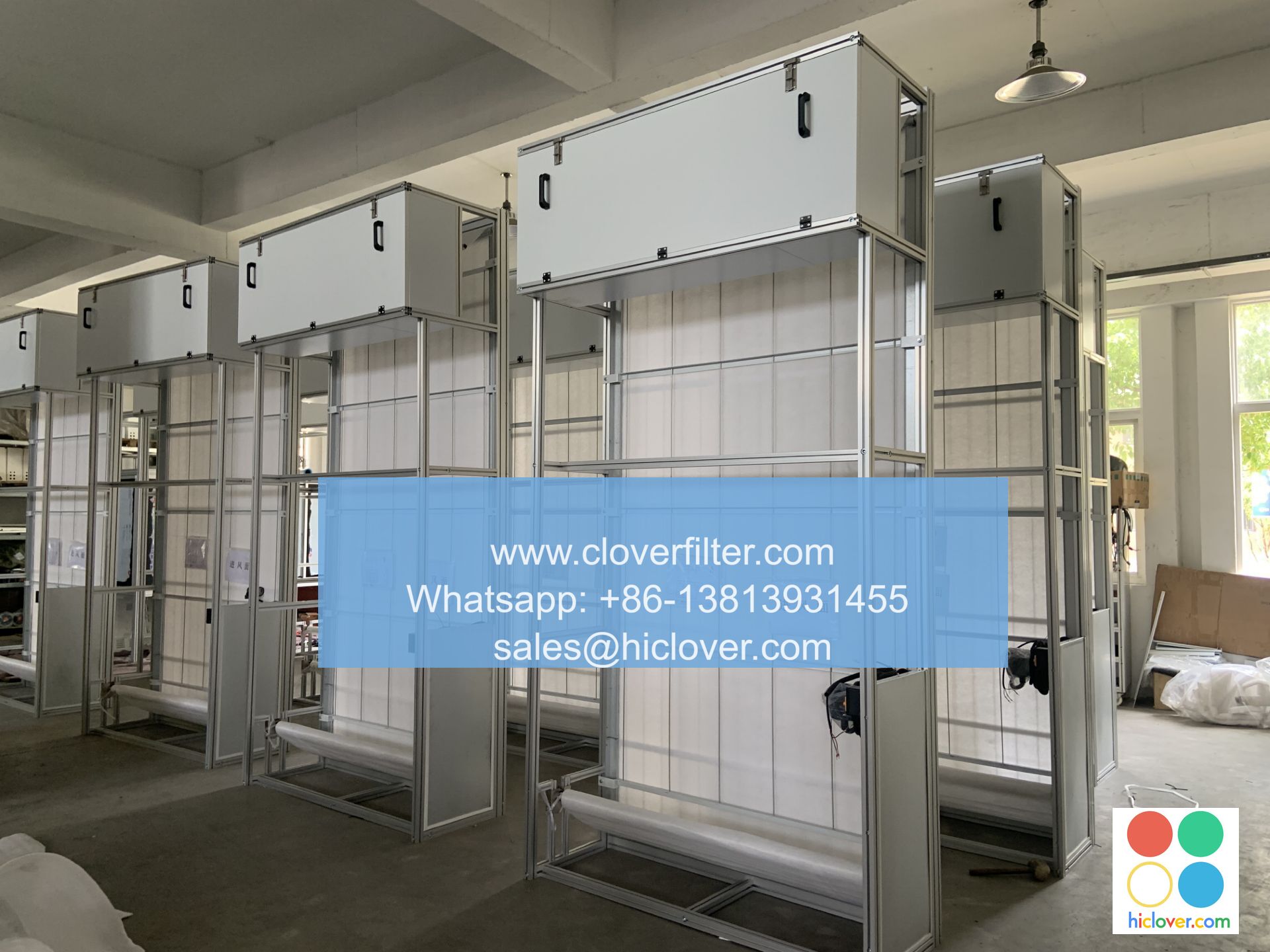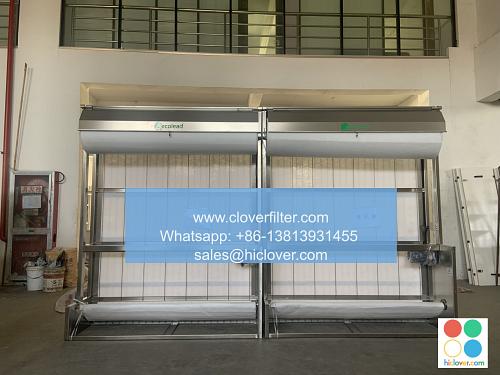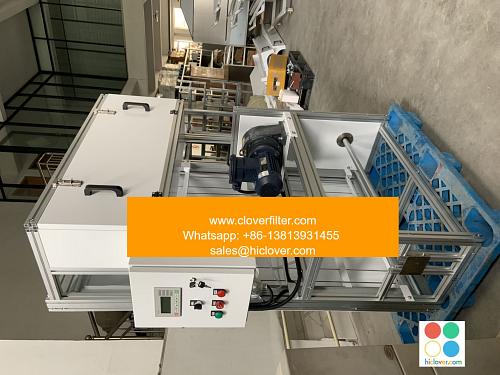Demystifying Compliant Air Filters for Commercial Projects: Key Elements and Terms Explored

Commercial buildings require efficient and compliant air filtration systems to ensure a healthy and productive indoor environment. With the numerous options available, selecting the right air filter for a commercial project can be overwhelming. This article aims to demystify compliant air filters, exploring key elements, terms, and application areas to help architects, engineers, and facility managers make informed decisions.
Introduction to Air Filter Compliance
Compliant air filters must meet specific standards and regulations, such as those set by the American Society of Heating, Refrigerating, and Air-Conditioning Engineers (ASHRAE), the International Energy Conservation Code (IECC), and the Leadership in Energy and Environmental Design (LEED) certification program. These standards ensure that air filters provide adequate indoor air quality (IAQ), minimize energy consumption, and reduce environmental impact.
Key Elements of Compliant Air Filters
Several key elements are crucial when selecting compliant air filters for commercial projects:
- MERV Rating: The Minimum Efficiency Reporting Value (MERV) measures an air filter’s ability to capture particles, ranging from 1 (low efficiency) to 20 (high efficiency). Compliant air filters typically have a MERV rating of 13 or higher.
- Airflow and Pressure Drop: Compliant air filters must balance airflow and pressure drop to ensure optimal performance and minimize energy consumption.
- Filter Media and Construction: The type of filter media (e.g., fiberglass, pleated, or HEPA) and construction (e.g., panel, cartridge, or bag) affect the filter’s performance, durability, and maintenance requirements.
- Certifications and Standards: Look for air filters that meet or exceed industry standards, such as UL (Underwriters Laboratories), ETL (Intertek), or ISO (International Organization for Standardization) certifications.
- Healthcare Facilities: High-efficiency air filters (e.g., HEPA) are critical in healthcare settings to prevent the spread of airborne pathogens and ensure patient safety.
- Data Centers and IT Facilities: Compliant air filters help maintain optimal temperature and humidity levels, minimizing the risk of equipment failure and data loss.
- Commercial Offices and Retail Spaces: Compliant air filters improve IAQ, enhancing occupant comfort, productivity, and overall well-being.
- Industrial and Manufacturing Facilities: Compliant air filters help control airborne contaminants, reducing the risk of equipment damage and maintaining a safe working environment.
- Sustainability and Energy Efficiency: Choose air filters with low energy consumption and environmentally friendly materials to minimize the building’s carbon footprint.
- Maintenance and Replacement: Select air filters with easy maintenance and replacement procedures to minimize downtime and reduce labor costs.
- Integration with Existing Systems: Ensure that the compliant air filter is compatible with the building’s existing HVAC system and can be easily integrated into the overall filtration strategy.
Application Areas for Compliant Air Filters
Compliant air filters are essential in various commercial applications, including:
Additional Considerations for Compliant Air Filters
When selecting compliant air filters, consider the following factors:
Conclusion
Compliant air filters are a critical component of commercial building design, ensuring a healthy, productive, and energy-efficient indoor environment. By understanding key elements, terms, and application areas, architects, engineers, and facility managers can make informed decisions when selecting compliant air filters for their commercial projects. Remember to consider factors such as MERV rating, airflow and pressure drop, filter media and construction, certifications, and sustainability to create a well-designed and effective air filtration system. By doing so, you can provide a safe and healthy environment for occupants while minimizing environmental impact and energy consumption.
It seems like you haven’t provided a specific question or topic for me to address. Could you please provide more details or clarify what you would like to discuss? I’m here to help with any questions or topics you’d like to explore.


